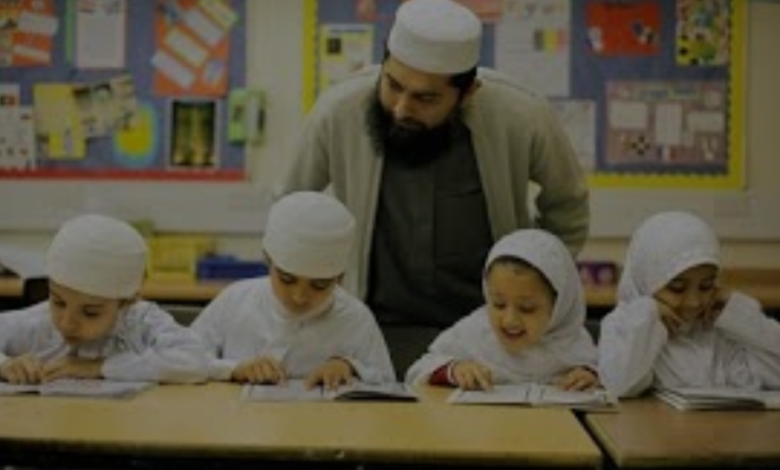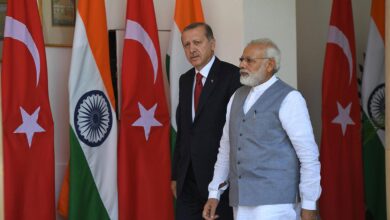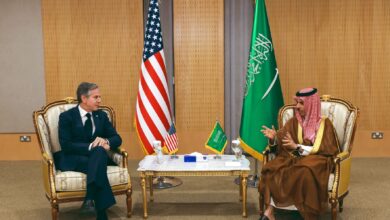Islamic Education Systems: New Techniques and Difficulties in the Modern Age

The Islamic education systems have not remained static. They have evolved significantly in the 21st century, embracing new methods and modernization tendencies. These changes, while maintaining loyalty to religious and cultural reference frameworks, have led to the development of innovative solutions that cater to contemporary educational requirements. This modernization brings with it a wave of optimism, despite the concerns that also need to be addressed.
This integration holds a very high or even quite radical potential for changing Islamic education compared to any other innovative idea today, as these digital tools and online platforms have fundamentally changed the traditional way of teaching and are more accessible in interaction.
It gives them a multi-dimensional personality. This system endeavors to produce human beings who are intellectually brilliant but also possess strong moral values and a sense of responsibility toward their communities.
One of the major problems most Islamic education systems commonly face is reconciling traditional religious teaching with modern educational requirements. The institutions are pressured to renew their curriculum by including modern subjects. Still, they must take precautionary measures to ensure such innovations do not erode or undermine Islamic education’s essential ingredients and principles. That balance is needed to retain the soul of Islamic education concerning facing the changing needs of students.
The differences in the standard of learning among regions are enormous because the modern educational resources or access to recent technologies must be improved in some areas, particularly the less developed regions. This might result in educational inequality and disparity in student results.
Quite often, it is the dictates of societal pressures and expectations that Islamic educational institutions have to move along. The ideas of parents and societies are likely to differ in terms of the teaching curriculum or even the mode of education. The institution has to balance these expectations—staying true to its mission of education and keeping itself open to innovations brought about by societal changes.
Conclusion
The innovations in the Islamic education systems reflect a dynamic response to the challenges and opportunities of the 21st Century. Islamic Educational Institutions are reaching great heights with technology integration, curriculum, and characterization modernization. However, unless the challenges of balancing tradition with modernity, regional imbalances, and societal expectations are fully met, further evolution and success elude Islamic Education. If they go on adapting and innovating themselves, the potential of these to deliver robust and relevant education that would prepare pupils for their worldly and spiritual responsibilities is enormous.



